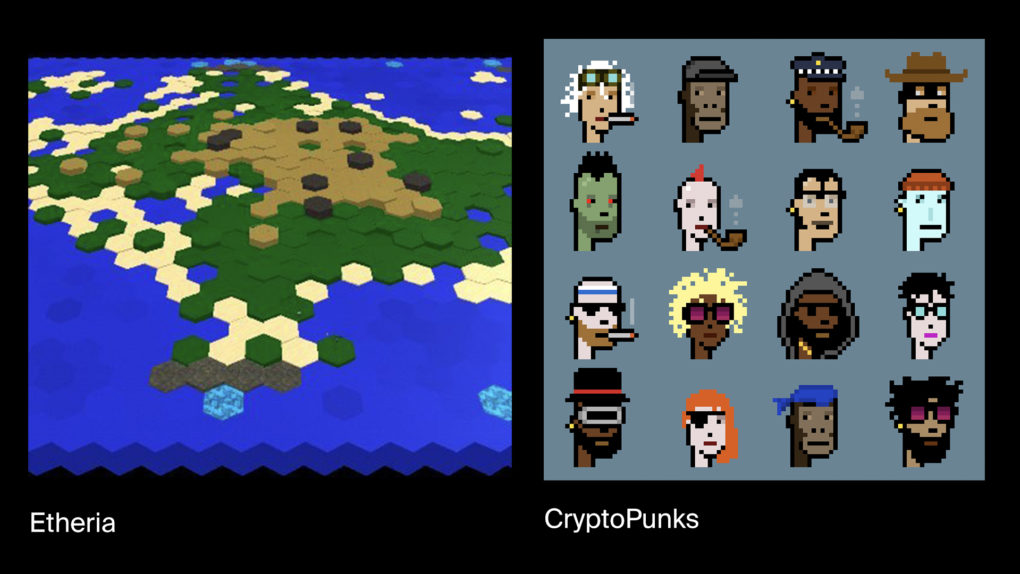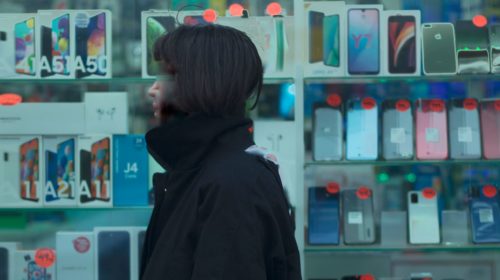
June 9, 2021
A Crash Course In NFTs: All You Need To Know
These days it’s hard to go to any social gathering and not hear about NFTs. And as much as you try to put on a smart face, you can’t help but wonder whether everyone is doing the same or if you’re really that far behind on this topic. You may not be an artist, collector, or blockchain expert, but it’s time to get into the conversation. There is an NFT revolution happening right outside your door, and it spreads far beyond selling art – it has the potential to totally transform other markets.
“Technology is just a tool, but in this case it’s important to remember that this tool is not finished and will never be finished. What we see now with the whole blockchain being a public technology is that it’s an invitation to the whole world to interact with it. ”
WTF is an NFT?
NFT stands for non-fungible token. Non-fungible means that you cannot exchange it for anything of equal value. If you have a €100 note, you can exchange it for two €50 notes, because money is fungible. Whereas each NFT has unique properties and cannot be exchanged at equivalency. It is a unique digital token aka digital certificate that represents an ownership of a variety of intangible and tangible items. For example: paintings, videos, music compositions, and virtual fashion goods.
What was the first NFT art piece?
While they became popular in 2021, NFTs have been around for a very long time. The community still argues what the first NFT project was. While no one can really agree, some people claim that it was Etheria, a virtual landscape created in 2015. In this game players could own tiles, grow them as blocks and build things. Others say it was CryptoPunks (Launched in 2017), 10.000 unique collectible characters created in an 8-bit-style with unique features and accessories.

What is the negative side of NFT art?
You might have heard of the environmental controversy swirling around NFTs. However the down-sides spread beyond just the platforms themselves, with so many artists flocking towards crypto art. While the artist community is growing, the collector base remains the same, which makes the market an increasingly competitive space for artists.
Art theft and plagiarism is also a growing issue with NFTs. Stories are emerging of artists finding their work in online marketplaces, being sold without their consent.
“Every time a new technology comes into place, those behind it believe they are building a utopian world. Facebook was a tool for creating a human connection. What could possibly go wrong? Look at it now. The perception has changed.” – George Vitale, founder of Synthesis Gallery.
What determines the value of a NFT?
The price for each NFT is determined by what someone is willing to pay for it. It can be very speculative and heavily dependent on the hedonic aspect of a piece’s value.
“If we analyse the value we’re assigning to these digital goods vs. value we are assigning to physical objects, the data still shows that we assign more value to physical art.”
What is the future of NFTs?
NFTs are just getting started. And like any technology they have the potential to provide more efficient ways of doing business. Real estate, ticketing systems, identity management… you name it!
Where there is hype, there is hope. We are watching new opportunities for investment open up, giving hope for those of us who don’t have multiple digit figures in their bank accounts. The NFT craze might fade away, but it definitely gives us an insight into the direction the digital economy might be taking.

For privacy reasons Youtube needs your permission to be uploaded. For more details, please see our Privacy Policy.
To see this video you have to opt in for our external media. You can click on accept to add this to your preferences. You can also see this video as an external link.
here
